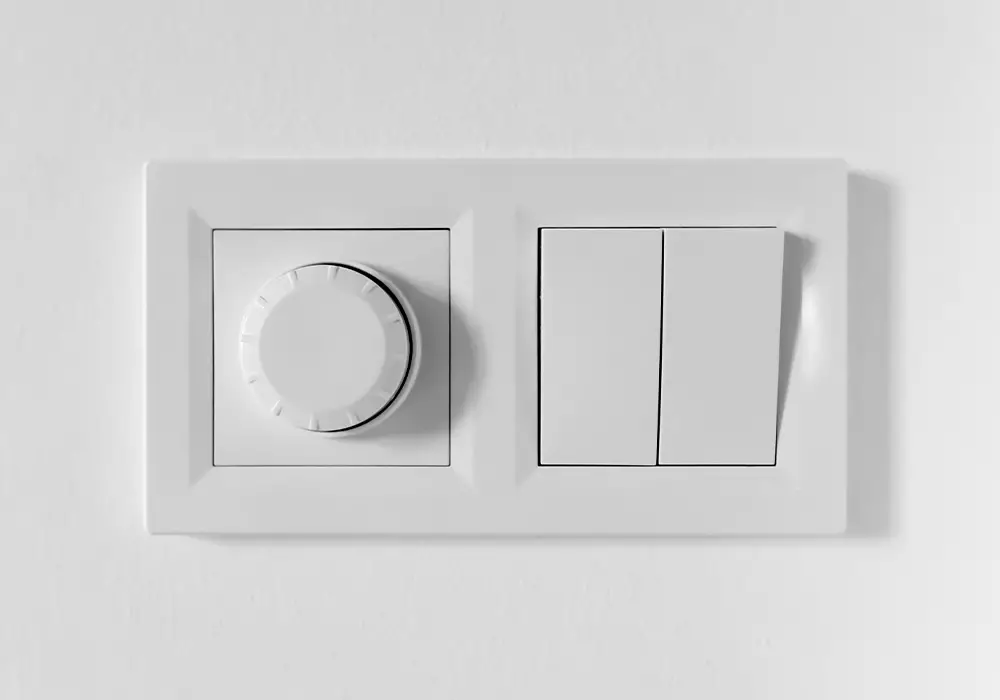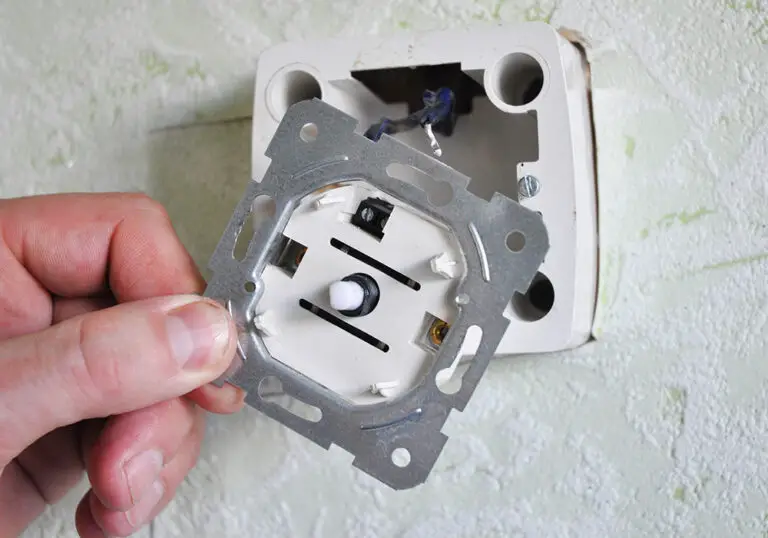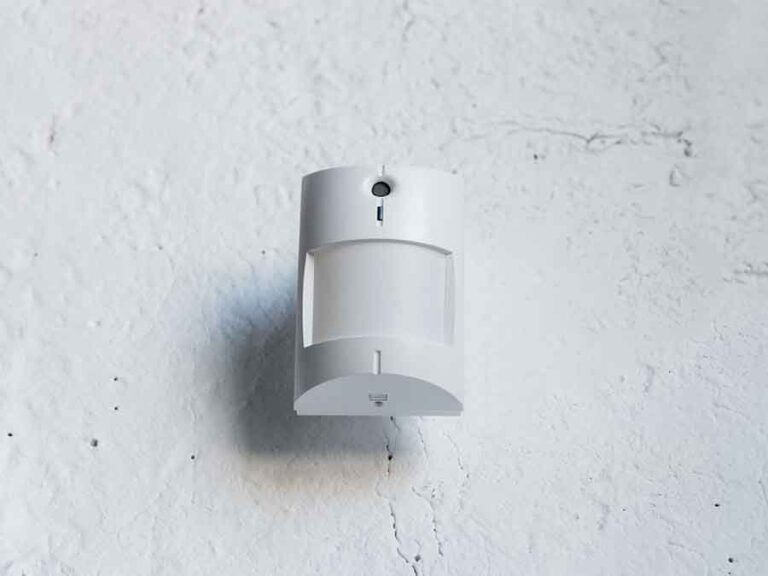Is A Bad Light Switch A Fire Hazard?
A bad light switch might not seem like a major issue, but it’s crucial to understand the potential risks and hazards associated with a faulty switch. Although a broken or failing light switch is not typically a fire hazard by itself, situations can arise where it can lead to overheating or cause other components on the circuit to become a fire hazard. Factors such as worn-down contacts, loose connections, and improper installation can contribute to the risk of a fire in your home.
Understanding the workings of light switches and the importance of proper maintenance is essential in ensuring the safety of your household and minimising the risk of dangerous electrical situations. Signs that you may have a bad light switch include flickering lights, the switch becoming warm when in use, or making unusual noises when touched. Being aware of these warning signals can allow you to take preventative measures and mitigate the risk of fire hazards.
By taking the time to inspect your light switches regularly and addressing any issues promptly, you can decrease the chances of a fire hazard occurring in your home. Regular maintenance, along with being able to identify the early signs of a bad light switch, will significantly contribute to a safer living environment.
Key Takeaways
- A bad light switch itself is not a fire hazard, but it can contribute to overheating or create risks on the circuit
- Recognising the symptoms of a faulty light switch can help take preventative measures
- Regular inspection and maintenance of light switches are crucial for minimising fire risks.
Understanding Light Switches
When dealing with light switches, it’s essential to be aware of potential hazards they may pose. A faulty or broken light switch can be a fire hazard in certain situations. While the switch itself isn’t typically a direct fire hazard, it can contribute to conditions that may lead to a fire.
In some cases, a bad light switch can cause overheating if the contacts or the switch wear down. This can lead to other components on the circuit, such as a bulb, becoming a fire hazard due to an intermittent current. Regularly checking your switches and replacing any that seem to be malfunctioning is a good practice to maintain electrical safety in your home.

Bear in mind that different types of light switches, such as those in mobile homes, may be more prone to issues because of their specific design. For example, some mobile home switches utilise push-to-fit connectors, which might be more likely to cause arcing. Arcing is a common cause of fires, making it crucial to deal with any switches showing signs of this issue immediately.
To identify a bad light switch, look out for signs such as flickering lights, a switch that doesn’t stay in the on or off position, or a switch that makes a buzzing or crackling sound. If you encounter any of these issues, it’s best to replace the switch as soon as possible to reduce the risk of a fire.
When managing your home’s electrical safety, ensure to familiarise yourself with common electrical signs and labels such as safe condition signs and fire safety signs. These can provide valuable information on emergency exits, first aid, rescue facilities, and fire protection arrangements, helping you to be prepared in case of an emergency.
In summary, taking the necessary precautions to maintain your light switches and understanding potential hazards is crucial for ensuring electrical safety and preventing fire hazards in your home.
Potential Risks of a Bad Light Switch
A bad light switch can pose various risks to your safety and the safety of your home. It is essential to be aware of these risks and take appropriate action to prevent any dangers.
One potential risk associated with a bad light switch is the chance of fires occurring. A faulty switch can cause intermittent currents, leading to other components on the circuit, such as a bulb, becoming a fire hazard. Loose wiring or electrical faults in the switch can also lead to an increased risk of fires.
Another possible risk is the threat of electrical shocks. If a light switch is improperly installed or has loose wire connections, you could experience shocks when operating the switch. This could result in severe injury or even fatalities in extreme cases.
Furthermore, you may notice unusual sounds when operating a dysfunctional light switch, such as crackling, popping, or hissing sounds. These are typically indicators of live electricity sparking inside the switch, which should be addressed promptly to avoid further hazards.
It is crucial to check your light switches regularly for any signs of faults or wear. If you notice any damages to the switch, plug, or connector, it is essential to remove the equipment from use immediately and seek professional assistance for repair or replacement. Maintaining your light switches will ensure a safer living environment and minimise the potential risks associated with bad light switches.
Signs of a Bad Light Switch
Flickering Lights
Flickering lights can be one of the key indicators of a faulty light switch. If you have installed a fresh light bulb and the lights are still flickering, the issue might be with the switch itself. This can be due to poor installation, loose wiring connections, or worn-down contacts.
Burning Smell
A burning smell is a clear warning sign that you should not ignore. If you notice a burning smell coming from the light switch, this could indicate that the switch is overheating. Overheating can occur if the contacts or the switch wear down, leading to increased likelihood of electrical fires. It’s essential to address this issue immediately and consult a professional electrician if required.
Electrical Shocks
Experiencing electrical shocks when touching a light switch is another sign of a bad switch. This could be caused by a broken toggle, defects in a light bulb or light fixture, or loose wiring connections. Electrical shocks not only pose a risk to your safety but also increase the chances of electrical fires. It’s crucial to seek the help of a professional electrician to resolve this potential hazard.
Inherent Fire Hazards of a Bad Light Switch
Overheating
A bad light switch may not necessarily be a direct fire hazard, but it can cause overheating if the contacts or the switch wear down. This happens when there is excessive resistance at the point of contact in the switch, leading to the generation of heat. The continuous buildup of heat can result in the deterioration of the switch and the surrounding components, increasing the risk of a fire.
Short Circuit
Another fire hazard associated with a faulty light switch is the possibility of a short circuit. This occurs when the electrical current takes an unintended path, bypassing the circuit’s normal operation. A worn-out or damaged switch can cause a short circuit by allowing for intermittent or fluctuating current flow. These irregular current flows can then lead to overheating of the switch and other components connected to it, potentially igniting surrounding flammable materials, and posing a fire hazard.
Always ensure that your light switches are in good working order. If you notice any issues such as flickering lights, buzzing sounds, or difficulty in switching on or off, it is wise to consult a qualified electrician to assess any potential fire risks and repair or replace the switch as needed.
Preventive Measures Against Fire Hazards
Regular Maintenance
Performing regular maintenance on your electrical systems is essential to prevent fire hazards caused by bad light switches. Having a maintenance schedule can help you identify potential issues like loose connections, frayed wires, or worn-out switches. Here’s what you can do to maintain your switches:
- Clean switches: Dust off light switches and remove any debris that might have accumulated.
- Check the screws: Ensure the screws holding wiring in place are tight, without over-tightening.
- Inspect the switch plate: Look for any cracks or signs of damage.
Professional Inspection
Besides your regular maintenance, it is wise to schedule professional inspections with a qualified electrician periodically. They can assess your entire electrical system, including light switches, outlets, and wiring. A professional inspection can help you:
- Identify worn-out or damaged components that need replacing.
- Ensure proper grounding of your electrical system.
- Gauge the overall load on the electrical circuits to avoid overloading.
Immediate Replacement of Faulty Switches
The moment you notice a faulty or damaged light switch, replace it immediately. Signs of a faulty switch might include flickering lights, buzzing sounds, or switches that feel hot or cause sparks when used. Promptly replacing bad switches can reduce the risk of accidental fire hazards. Remember to:
- Consult a professional electrician if you’re unsure about the switch’s condition.
- Turn off the power to the switch before attempting any repairs or replacements.
- Use appropriate and certified switch components when carrying out replacements.






